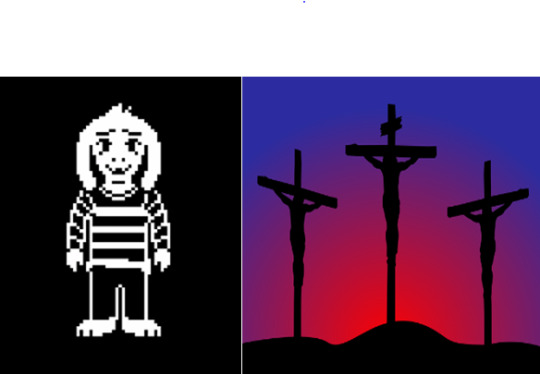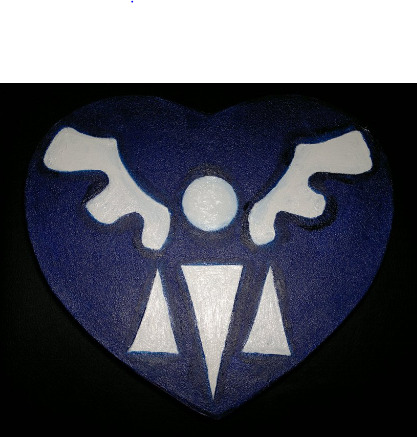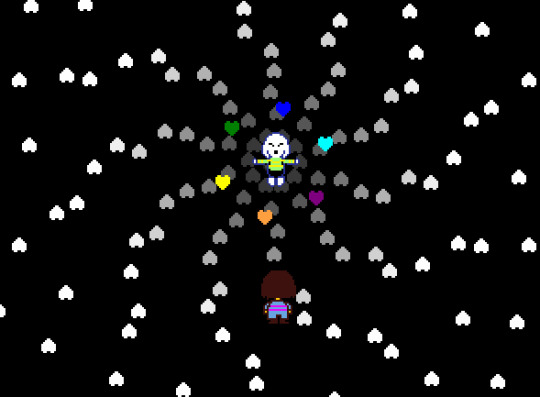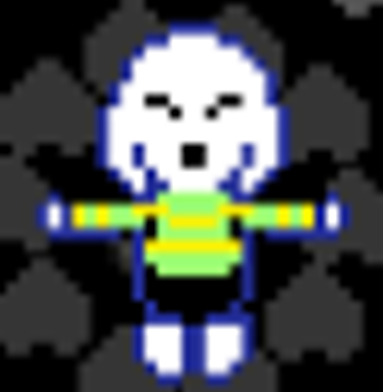#actual jewish person in their life and believe that were all genocidal monsters (in spite of our own genocide which i assume will eventuall
Explore tagged Tumblr posts
Text
being jewish with zero affiliation to israel and rather a generational line of activists for palestine is a hard line to walk and sometimes i wish i could just fall off
#i hate zionist jews i hate i stand with israel signs in my neighborhood i hate leftists who write and speak and act like theyve never met an#actual jewish person in their life and believe that were all genocidal monsters (in spite of our own genocide which i assume will eventuall#flip around to leftist holocaust denial) i hate that people are blaming israeli civilians for the faults of their deeply corrupt government#i hate that i cant say zionism is inherently antsemitic without getting fucking maimed i fucking hate it here the world is on fire just#fucking let me burn#anyways#sorry#free palestine#any other#jumblr#girlies (gn) relating to my vent#bc im started to feel ashamed of myself my culture and my people#and its such a fucking shitty feeling#like i can barely look in palestine / gaza / etc. tag without seeing blindingly blatant antisemitism coming from left right and center#like just say you hate jews and fuck off#i cant look at this shit anymore fuck#idk why im so worked up about this rn i just. btwn weeding out all the zionist blogs i didnt know i followed and just being so fucking-#and weeding out all the antisemitic leftist blogs i didnt know i was supporting its all just crashing down#im so fucking tired#and im so fucking tired of having to defend myself any time i talk about the jewish experience in any of this#and im so fucking tired of people equating judaism with religion only#and im so fucking tired of the double standard of also equating with only one race#like there arent jews of every race#the reason you cant see any of this shit is because nearly a century later were still dealing with the aftermath of the 6mil person murder#were always at the cross roads of some ridiculous double standard or the scapegoat for when things are going badly#like fuck i just#dont want to have this fucking identity anymore it makes me a walking talking breathing living fucking target#idk what to do I'm just#desolate
12 notes
·
View notes
Text
The Underlying Christian Symbolism in Undertale: Asriel’s Messianic Parallels

Yesterday we talked about the Devil, so today we’re talking about Christ. Or at least, I should say, Christ-like characters in Undertale. I’m referring of course to Asriel Dreemurr. Despite the brevity of time he actually spends on screen, Asriel is easily one of the most endearing and heartbreaking characters in the entire game, and for Undertale, that’s saying something. Judging from the amount of fan art and fan fictions dedicated to him, he’s left more of an impact on the fanbase than any other character with the exception of Sans. It’s not hard to see why; many consider him to be the purest embodiment of love, pacifisms, and selflessness in the game, yet he’s been dealt the most tragic lot of any of the characters. Effectively, Asriel is the one person you cannot save. But beyond the obvious general parallels of the two figures, is this there something more to this sweet and tragic goat boy than meets the eye?
I’m of the opinion there is. Finding religious subtexts in video is always a slippery and volatile subject, but in this case, I can’t shake the feeling that the parallels are too pointed to ignore. I don’t think Asriel was meant to be a direct analogue to Jesus in the way characters such as Aslan from the Chronicles of Narnia are. But I find it hard to believe that his character wasn’t at least inspired by Christ, and hopefully by the end of this post you’ll see what I mean.
The first encounter we could say we have with Asriel is at the very beginning of the game in the form of Flowey. However, there seems to be some debate amongst the fanbase as to whether Asriel and Flowey can even be considered the same character, so polar opposite are their personalities. King Asgore may look like a devil, but Flowey is the closest thing the Underground has to an actual demon in terms of what he does. Much like the Fallen Child, he often works vicariously through others, using temptation and manipulating to coerce people into furthering his plans. Also like the Fallen Child, Flowey is soulless, and thus incapable of feeling love for others. The “Asriel” side of him only re-emerges in the presence of the souls that allowing him to feel compassion once more. Just for that reason alone, I’m going to be treating Asriel and Flowey as separate characters throughout this post, the same way I would consider the entity we meet at the end of the Genocide Route to be something distinct from the original First Child who fell into the Underground. However, that being said, it’s interesting to note that the first and the being we fight is always either Flowey or Asriel, whether one is doing a pacifist, neutral, or genocide playthrough. One way or another, the Flowey/Asriel entity acts as bookends to the entire game and seems to exist on a more meta level than the rest of the cast, when we listen closely to their dialogue.
First, here are a couple of the more superficial parallels between Asriel and Jesus. Both of them are described as the only naturally born son of a king, but are also described as having adopted siblings, and both are held up as great symbols of hope at their birth. Both at some point claim to be God. Despite this, both of them appear to bring great tragedy and hardship to the lives of all who love them, at least at first. Asriel is very compassionate and gentle to others; the story of how he treated the First Human child could be described as a textbook example of the Good Samaritan. Both figures die unjustly at the hands of their enemies, refusing to fight back despite having the ability to destroy everyone who was harming them. Also, curiously, the name “Asriel” can mean “Prince of God”, in addition to being a portmanteau of the names Asgore and Toriel. This very name is actually used in the Bible for one of the sons of Manasseh, so if it sounds Hebrew in origin, that’s because it is.
From there the similarities start to deepen. Both Asriel and Jesus have prophecies that refer to them. For Asriel, it’s the Delta Rune that’s said to predate written history, according to Gerson. The Delta Rune is probably going to get its own post at some point because of how packed it is with brilliant symbolism, so I’ll try to be brief here.

To put it simply, the Delta Rune is the symbol of an “angel” from above who will cause the underground to go empty, whether by freeing all monsters or by killing all of them. There’s some debate as to who exactly this “angel” is, many would believe it was the player, and in the genocide run, it very well might be. On the pacifist, run, however, the “angel” definitely aligns most closely with Asriel, and the reflection of the Delta Rune’s design in his final form is evidence of this (note the location of the triangles on his body) This is really the only prophecy we know of that links to Asriel directly, but it’s still a prophecy nonetheless.

Ultimately, Asriel is the one who breaks the barrier and sets all monsters free from the Underworld. Not only this, but he does so at the cost his own life, giving up the souls and reverting back to a flower. If I really have point out to you why this would be reminiscent of Christ, then this blog probably isn’t your cup of tea. But that’s not all. Right before the barrier is shattered, Asriel’s spite rises off of the ground and takes a very particular stance before committing the act. He begins speaking some inaudible words as the souls rush out of him and a really dramatic guitar riff starts playing in the background. But take a close look at that pose. Does it remind you of anything?


There are some other peculiarities in the following scenes that seem to call back on New Testament imagery. One is the actual depiction of the barrier being shattered. It appears as a white screen cracking in two and the halves separating, before the message “The barrier was destroyed” flashes across the screen. It’s hard to say what exactly most of us were expecting we would see when we witnessed the destruction of the barrier, but I have to imagine that most of us saw this as a very minimalistic approach, almost a letdown, really, to such a dramatic event.
Or was it?
I can’t help but look but look at this picture of the barrier being destroyed and not be a little reminded of Matthew 27:50-51, “And when Jesus had cried out again in a loud voice, he gave up his spirit. At that moment the curtain of the temple was torn in two from top to bottom. The earth shook, the rocks split, and the tombs broke open.”
Anyone who’s done their theological homework knows that the curtain in the Jewish Temple was a symbol of the separation of God’s holiness and the sins of humanity. In effect, it acted as a barrier between man and God. And with the death of Jesus, that barrier of separation is destroyed. This symbolism wasn’t lost on the New Testament writers, it’s actually quite explicit. Ephesians 2:14 reads “For he [Christ] himself is our peace, who has made the two groups one and has destroyed the barrier, the dividing wall of hostility.”
Is this starting to get weird yet? Maybe up to this point, I still that all of this could just be a big coincidence, an unlikely set of parallels to the Bible that a video game happens to exhibit, perhaps because these Biblical archetypes are just so ubiquitously ingrained in our culture. And who knows, maybe that’s all it is.
But there is one more detail.
I don’t remember when exactly it was I began to suspect that Undertale might have religious themes woven into its subtext. But perhaps it was around the point I started noticing the subtle topics of death and resurrection within the story, and their connection to the “soul”. The Fallen Child Chara apparently resurrects at the end of the genocide run (though whether that entity is actually Chara seems doubtful). Also, they appear to be communicating within the mind of Frisk, narrating the events on the screen as they happen, leading some to believe that Frisk is actually the reincarnation of Chara. Asriel himself undergoes a twofold resurrection within the game, first as a soulless flower at the hands of Dr. Alphys, and later back to his full being with the absorption of the human souls.
And then, there are the six other humans who fell underground.
There are a lot of unanswered mysteries in Undertale, but one of the ones I find the most puzzling is the question of what happened to the human souls when Asriel gave them up to break the barrier? Did they dissipate, were they taken to the afterlife, or did something…else…happen to them? There’s a hint in the game, but it raises more questions than answers.
If you go past the throne room in Asgore’s palace, you will find a set of stairs leading to his basement. If you follow them all the way down, you will find this room:
If you try to look into the coffin you find the name of the first human on it, also with the description that it’s empty. By logical extension, the other coffins are the six other children.
If you go back to the basement after having saved Asriel, when the barrier is broken, you find this:

All of the tombs are empty and all save the first one are open.
Let’s go back to Matthew 27 for a second. If we keep reading from where we left off; “…At that moment the curtain of the temple was torn in two from top to bottom. The earth shook, the rocks split, and the tombs broke open. The bodies of many holy people who had died were raised to life. They came out of the tombs after Jesus’ resurrection and after Jesus’ resurrection they went into the holy city and appeared to many people.”
Uncanny, isn’t it? Why are all the coffins open except for the one already stated to be empty? Where are the bodies? And where is the body of the First Child? Are they really dead?
We never get any answers, but if you go to check the coffin again, you’ll find the message “The coffin is empty…? You didn’t notice it before, but there’s something like…mummy wrappings at the bottom of it.”
Most likely these would be grave clothes, or perhaps a shroud. But this seems like an awfully insignificant detail to slip into a room so filled with unanswered questions. All it really tells is that the body isn’t in the coffin anymore. And it wasn’t reburied somewhere else, since the grave clothes were taken off. Does this also sound familiar?
“So Peter and the other disciple started for Jesus’ tomb. Both were running, but the other disciple outran Peter and reached the tomb first. He bent over and looked in at the strips of linen lying there but did not go in. Then Simon Peter came along behind him and went straight into the tomb. He saw the strips of linen lying there, as well as the cloth that had been wrapped around Jesus’ head. The cloth was still lying in its place, separate from the linen. Finally the other disciple, who had reached the tomb first, also went inside. He saw and believed.” (John 20:4-8)
So, what are we to make of this? It’s not uncommon for stories or video games to involve a Messianic archetype, but the detail of symbolism used in this case suggests there might be something more going on with Asriel than your usual stock redeemer character. Coupled with Asriel’s father’s resemblance to Satan, Asriel’s flower alter ego playing a much more actual Satanic character, and the fact that this boy is the one person you CAN’T save, but who essentially dies AFTER resurrecting in the “friendly RPG where no one has to die”, this mystery of Undertale lends itself to some rather confusing, and frankly disturbing, implications.
Stay safe, folks. Until next time, this is Truecantaloupelove, signing off.
8 notes
·
View notes